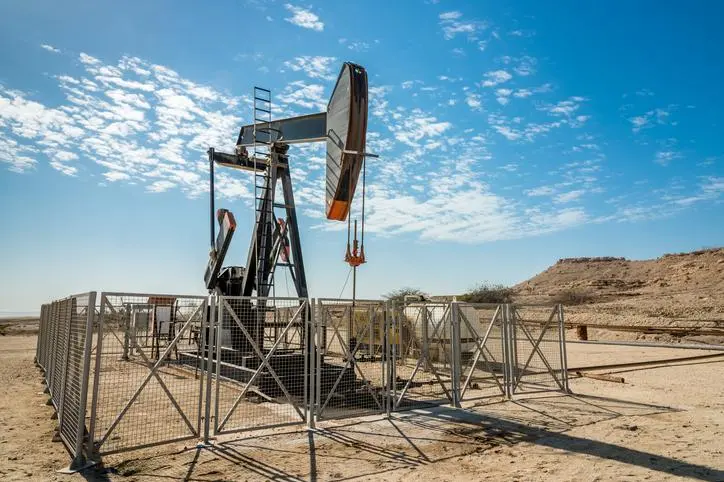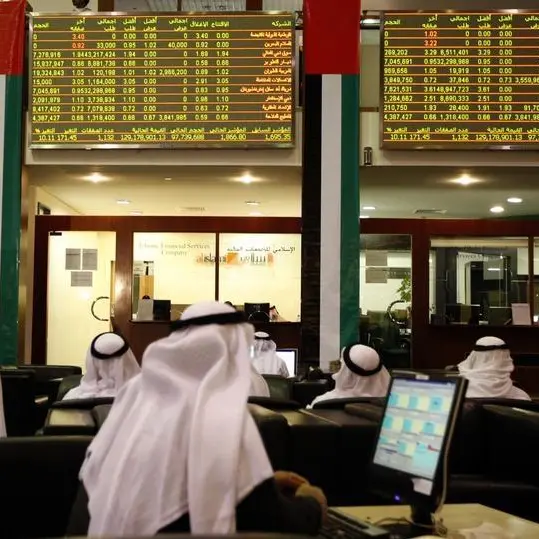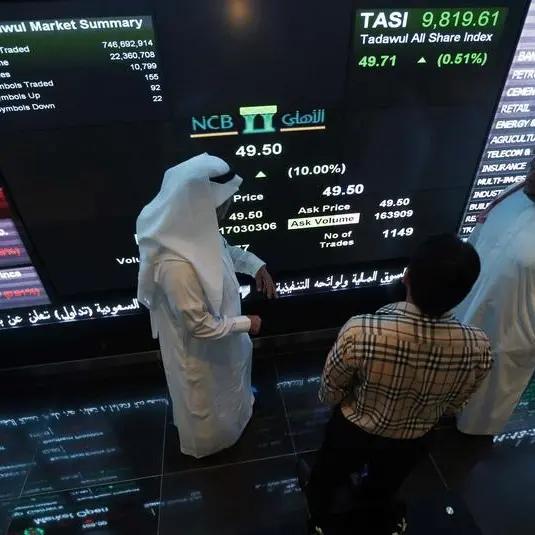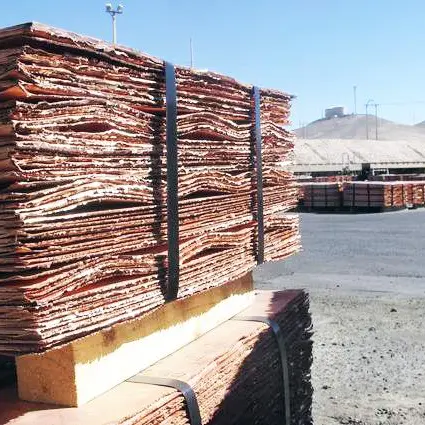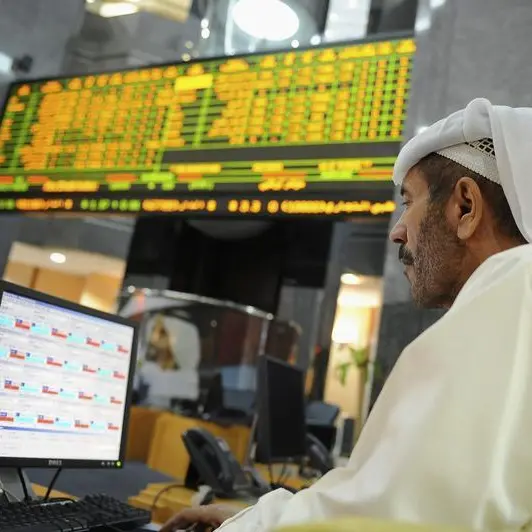PHOTO
LONDON - Russia and Saudi Arabia have started to discuss cutting production next year following steep falls in oil prices in the last month, according to a report by Russia's TASS news agency.
The report has not been confirmed but has arrested the rapid decline in prices, at least temporarily, and should not come as a surprise given the altered dynamics in the oil market.
The oil market is best thought of as a complex adaptive system, characterised by long lags and positive feedback mechanisms, which exaggerate the impact of even small changes in production and consumption.
OPEC, led by Saudi Arabia, and its non-OPEC allies, led by Russia, have stated that their objective is to keep the market as close as possible to balance and minimise damaging price swings.
But in the history of the oil market, production and consumption have rarely been balanced except accidentally and not usually for very long.
The market's natural state is one of imbalance, with deep and prolonged cycles in spot prices and inventories as it alternatives between periods of under- and over-supply.
In this context, the best market management strategy for OPEC+ involves timely, frequent and small adjustments in production in response to changing estimates of production and consumption.
Prompt action in response to incoming information about potential future market imbalances may be able to forestall the need for much larger adjustments later.
Decision-making has been considerably simplified because Russia and Saudi Arabia are the only two members of OPEC+ that need to reach agreement (with United Arab Emirates and Kuwait playing a supporting role).
Other members of OPEC+ have no spare production capacity and are not needed to show much production flexibility to keep the market close to balance.
TIMELY MOVES
Russia and Saudi Arabia have already made several adjustments to their production plans this year in response to a changing production and consumption outlook.
OPEC+ members started the year insisting they would not increase production because of a lingering overhang of stocks above the five-year average.
By June, Russia and Saudi Arabia had begun raising output as rapid consumption growth and the loss of production from Venezuela drew down stocks faster than expected and pushed prices higher.
In August and September, Russia and Saudi Arabia came under renewed pressure to raise output further as oil traders became concerned about the loss of exports from Iran due to U.S. sanctions and prices surged.
Since then, signs of a renewed surge in U.S. shale production, concerns about consumption growth and sanctions waivers for Iran’s exports have sent prices sharply lower and prompted yet another rethink.
SHIFTING OUTLOOK
The biggest sources of uncertainty for Russia and Saudi Arabia stem from (a) the state of the global economy and oil consumption, and (b) the output from U.S. shale fields.
In recent weeks, economists and investors have become increasingly pessimistic about the outlook for global growth, and by extension oil consumption in 2019, resulting in sharp falls in equity and oil prices.
While oil consumption threatens to disappoint on the downside, production from U.S. shale fields is surprising on the upside, reinforcing the market-management challenge for OPEC+.
U.S. shale production has risen much faster this year than expected, with output in August up 2 million barrels per day (bpd) compared with the same month a year earlier.
The U.S. Energy Information Administration now expects crude and condensates production to average 10.90 million bpd in 2018, compared with a forecast of just 9.95 million barrels per day 12 months ago.
The agency has raised its forecast for average crude and condensates production to 12.06 million bpd in 2019, up from 10.85 million bpd in January ("Short-Term Energy Outlook", EIA, Nov. 2018).
These huge upward revisions in forecast U.S. shale production coupled with a downgraded global growth outlook have left OPEC+ members with little choice but to review their output plans.
Brent's six-month calendar spread has collapsed into contango as oil traders anticipate improved crude availability and a production surplus at the end of 2018 and into 2019.
If Russia and Saudi Arabia want to avoid the market becoming oversupplied next year they will need to reduce their production early to prevent the accumulation of a larger imbalance.
(The opinions expressed here are those of the author, a columnist for Reuters.)
(Editing by Edmund Blair) ((john.kemp@thomsonreuters.com; and on twitter @JKempEnergy))
